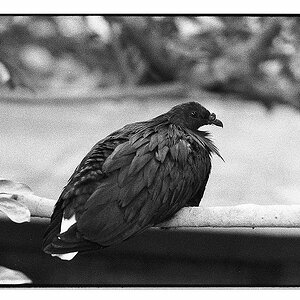mahi_Australia
TPF Noob!
- Joined
- Dec 24, 2016
- Messages
- 21
- Reaction score
- 8
Hi, recently I bought a canon sx720 to start my photography journey moving away from mobile phone camera. It has few options with dial mode good for a beginner. Any advise to take great photos using above camera is much appreciated. Thanks
Sent from my iPhone using ThePhotoForum.com mobile app
Sent from my iPhone using ThePhotoForum.com mobile app




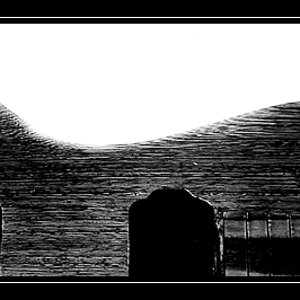
![[No title]](/data/xfmg/thumbnail/36/36667-b3265abf8272f21d759a0abd6a0995c3.jpg?1619737676)
![[No title]](/data/xfmg/thumbnail/34/34061-e097813b3719866d07ff3e78e8119ffa.jpg?1619736258)
![[No title]](/data/xfmg/thumbnail/36/36666-189f65b1addbb68da2a43dc6f7206a01.jpg?1619737676)
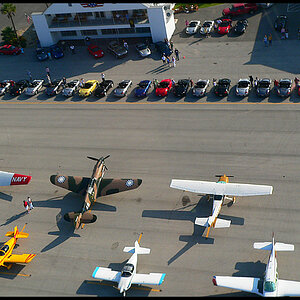
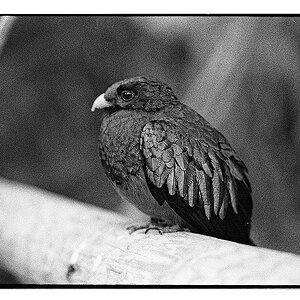
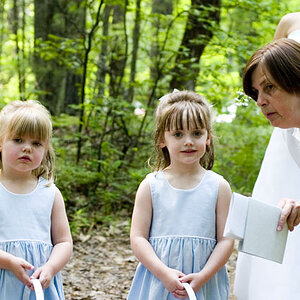
![[No title]](/data/xfmg/thumbnail/37/37107-df85b207aa6d9b7f6b88f682e493a52e.jpg?1619737882)


